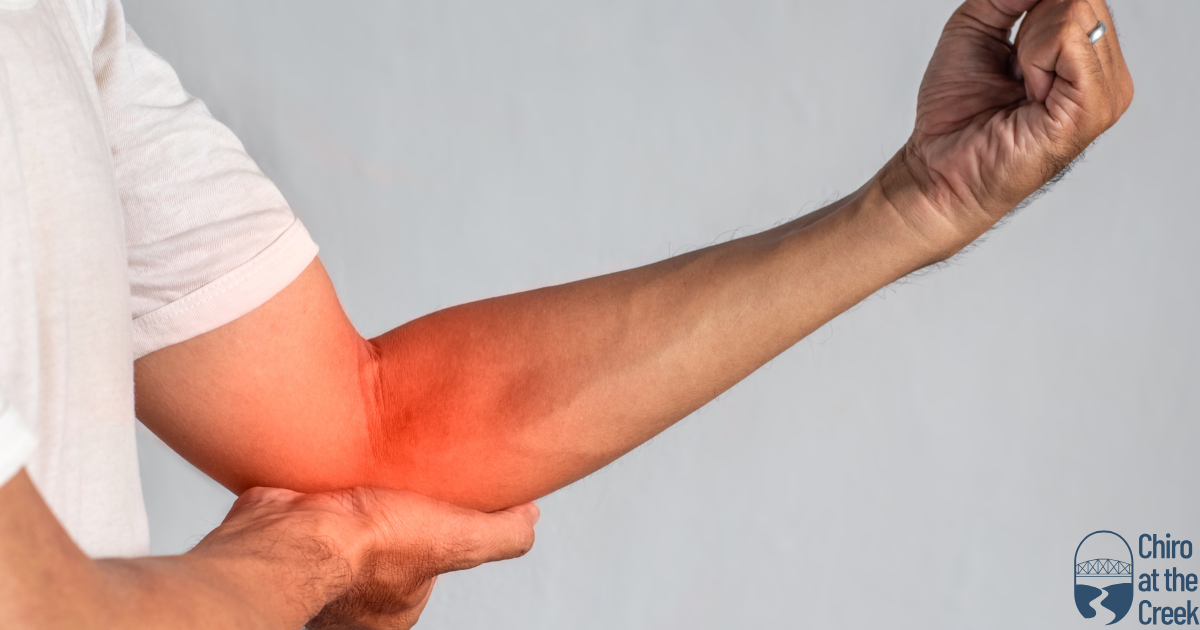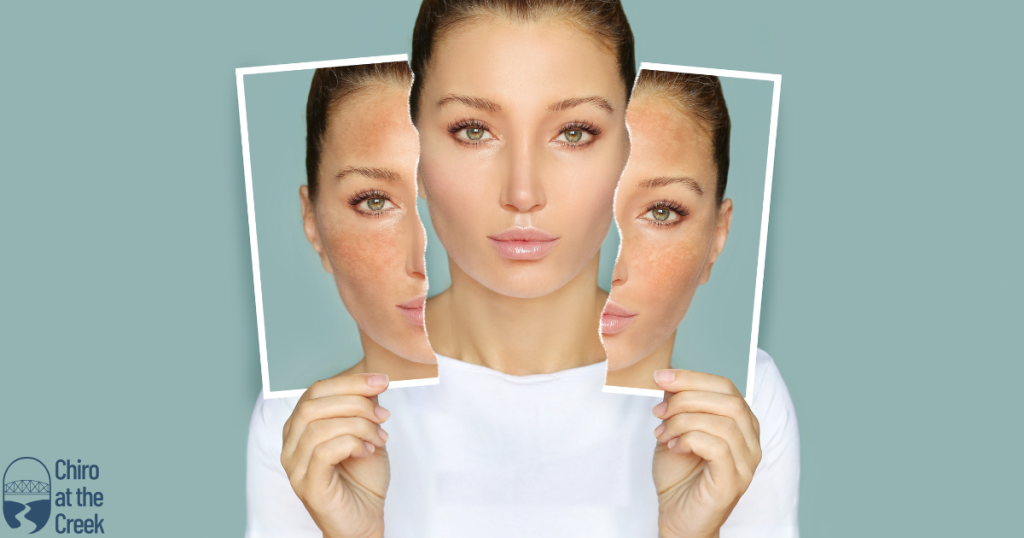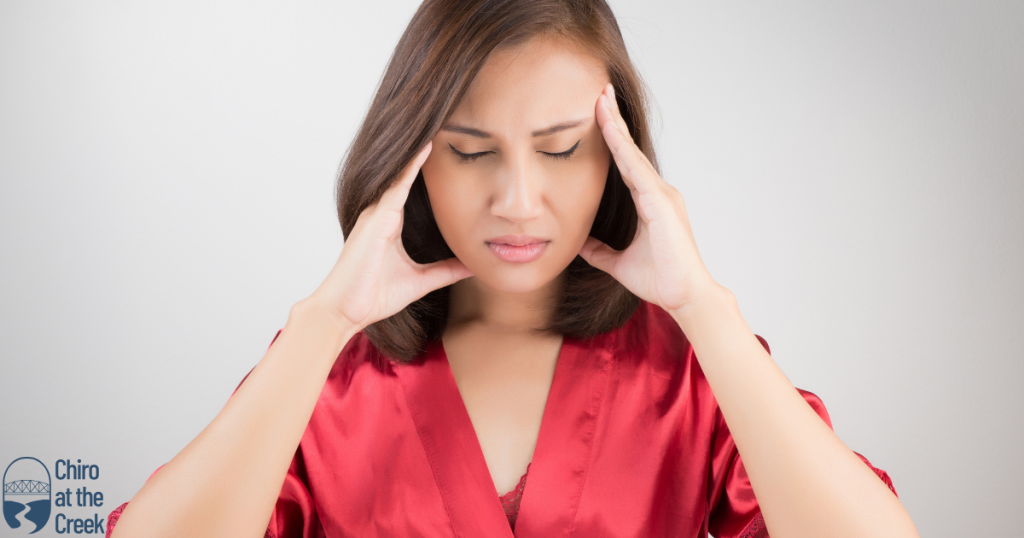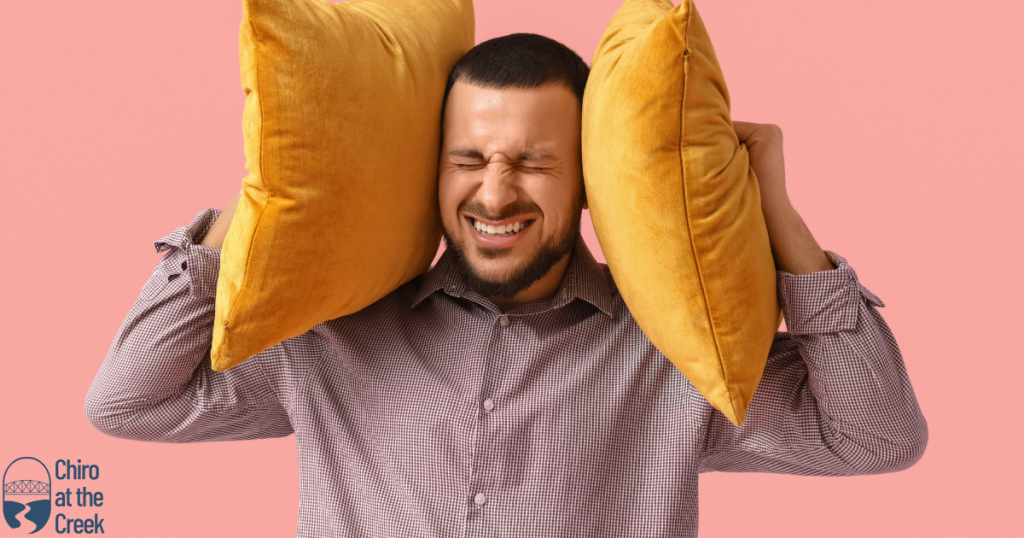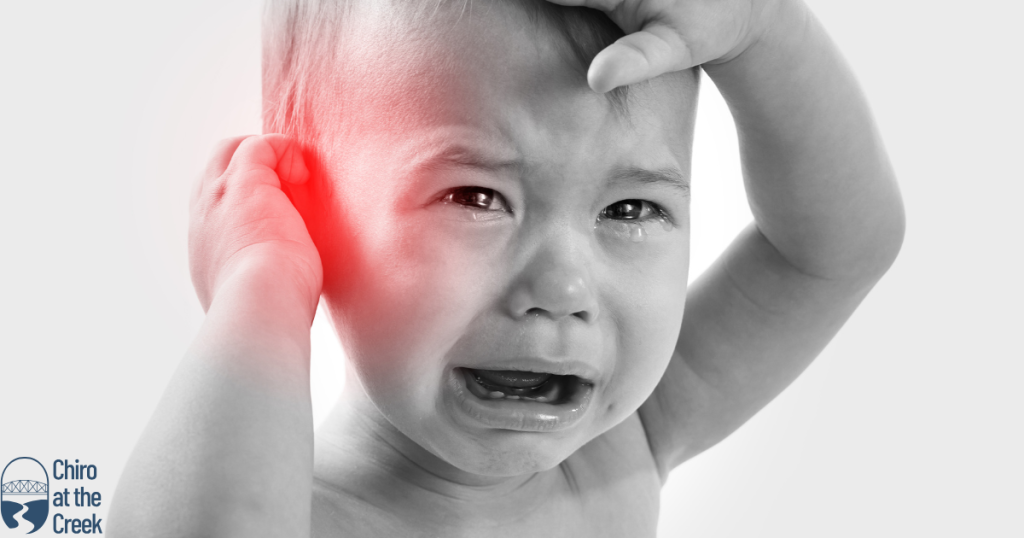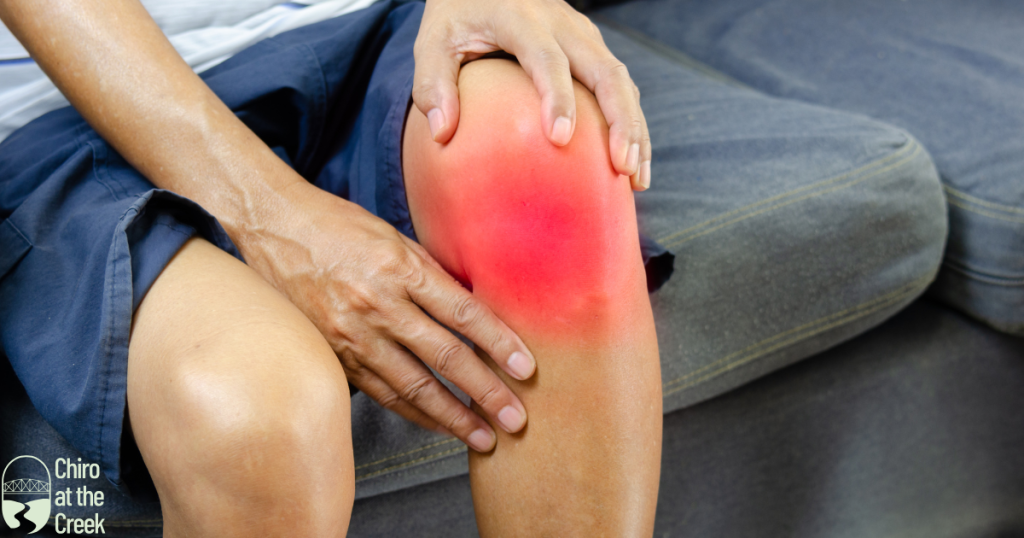Understanding Tennis Elbow: Causes, Symptoms, and Impact on Daily Life
Tennis elbow, also known as lateral epicondylitis, is a common condition that affects the tendons in the elbow. Despite its name, tennis elbow can occur in individuals who do not play tennis. It is caused by repetitive motions of the wrist and arm, leading to inflammation and micro-tears in the tendons. This condition can have a significant impact on daily life, causing pain and limiting one’s ability to perform simple tasks.
The primary cause of tennis elbow is overuse of the forearm muscles, particularly the extensor carpi radialis brevis muscle. This muscle is responsible for extending the wrist and fingers, and repetitive motions such as gripping, lifting, or swinging a racket can strain it. Other contributing factors include poor technique, improper equipment, and inadequate warm-up or stretching routines.
The most common symptom of tennis elbow is pain on the outside of the elbow, which may radiate down the forearm. This pain can be exacerbated by activities that involve gripping or lifting objects, such as shaking hands, turning a doorknob, or even holding a cup of coffee. In severe cases, individuals may experience weakness in their grip and difficulty performing simple tasks like opening jars or turning keys.
The impact of tennis elbow on daily life can be significant. Simple activities that were once effortless become painful and challenging. Individuals may have to modify their daily routines or give up activities they enjoy, such as playing sports or participating in hobbies. The pain and limitations can also affect one’s ability to work, leading to decreased productivity and potential financial implications.
The Role of Chiropractic Care in Treating Tennis Elbow
Chiropractic care offers a non-invasive and drug-free approach to treating tennis elbow. Chiropractors are trained to assess and diagnose musculoskeletal conditions, including tennis elbow. They can provide a comprehensive treatment plan that addresses the underlying causes of the condition and promotes healing.
One of the primary goals of chiropractic care for tennis elbow is to reduce inflammation and pain. Chiropractors may use various techniques such as soft tissue manipulation, joint mobilization, and ultrasound therapy to alleviate pain and promote healing. These techniques help improve blood flow, reduce muscle tension, and enhance the body’s natural healing processes.
Chiropractors also focus on correcting any biomechanical imbalances that may contribute to tennis elbow. They assess the entire kinetic chain, including the shoulder, wrist, and spine, to identify any misalignments or dysfunctions that may be placing excessive stress on the elbow. By addressing these imbalances, chiropractors can help prevent further injury and promote long-term healing.
Chiropractic Techniques for Pain Relief and Rehabilitation
Chiropractic techniques for tennis elbow aim to provide pain relief and rehabilitate the affected area. One commonly used technique is myofascial release, which involves applying gentle pressure to the affected muscles and tendons to release tension and improve flexibility. This technique can help reduce pain and restore normal range of motion.
Another effective chiropractic technique for tennis elbow is joint manipulation. Chiropractors use precise and controlled movements to realign the joints in the elbow, wrist, and spine. This helps restore proper joint function and alleviate pain. Joint manipulation can also improve nerve function, which may be compromised due to inflammation and compression.
In addition to manual therapies, chiropractors may recommend specific exercises and stretches to strengthen the muscles and tendons surrounding the elbow. These exercises help improve stability and prevent further injury. Chiropractors may also provide guidance on ergonomics and proper body mechanics to minimize strain on the elbow during daily activities.
Promoting Healing and Preventing Recurrence: Chiropractic Strategies for Tennis Elbow
Chiropractic care not only focuses on providing immediate pain relief but also on promoting long-term healing and preventing recurrence of tennis elbow. Chiropractors work closely with their patients to develop personalized treatment plans that address the root causes of the condition and promote overall wellness.
To promote healing, chiropractors may recommend nutritional supplements that support tissue repair and reduce inflammation. They may also provide guidance on lifestyle modifications, such as avoiding repetitive motions or using proper equipment and techniques during physical activities. By addressing these factors, chiropractors can help patients recover faster and reduce the likelihood of future injuries.
Chiropractors also emphasize the importance of ongoing maintenance care to prevent recurrence of tennis elbow. Regular chiropractic adjustments and soft tissue therapies can help maintain proper joint alignment and muscle balance, reducing the risk of re-injury. Additionally, chiropractors may provide education on self-care techniques, such as stretching and strengthening exercises, that patients can incorporate into their daily routines to maintain optimal elbow health.
In conclusion, chiropractic care offers a holistic approach to treating tennis elbow. By addressing the underlying causes of the condition, providing pain relief, and promoting healing, chiropractors can help individuals regain their quality of life and prevent future injuries. If you are suffering from tennis elbow, consider consulting a chiropractor to explore non-invasive and effective treatment options.

